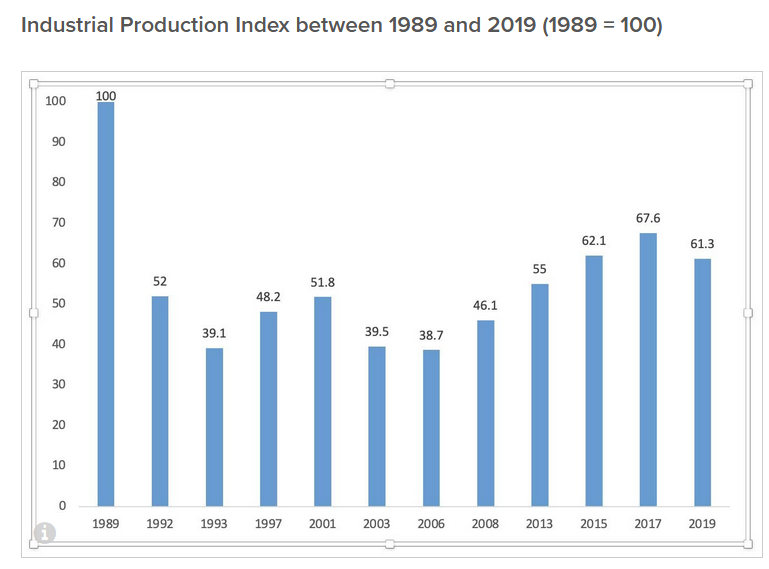Carmelo
Mesa-Lago
Distinguished Service Professor Emeritus of Economics and Latin American
Studies, University of Pittsburgh
Columbia Law School, Horizonte Cubano / Cuban Horizon, September 10, 2021
Original Complete Article: Economic Crisis in Cuba
Cuba faces the worst economic crisis and public protests since the 1990s. This essay: 1) analyzes the multiple causes of the crisis and protests, 2) examines the factors that have facilitated the social unrest, and 3) measures the magnitude of the crisis using various socio-economic indicators.
Causes of the Crisis and Protests
Extremists reduce the causes of the crisis to a single culprit: for the Cuban government, it is the U.S. embargo (known in Cuba as the “blockade”). For the most radical exiles in Miami, only the communist system is to blame. In reality there are multiple causes, summarized below (Mesa-Lago and Svejnar, 2020).
- The inefficient centrally planned economic system and the deep state dominance over the market and non-state property, which has failed throughout the world including in Cuba. Raúl Castro attempted market-oriented structural reforms, but they happened very slowly and were plagued with obstacles, disincentives, taxes and policy zig zags, so they had no tangible effects on the economy. The government has rejected the successful Sino-Vietnamese “market socialism” model. President Miguel Díaz-Canel supports continuity, but at the beginning of 2021 he decreed the monetary-exchange unification. Although necessary, it was begun at the worst economic moment. So far, it has only generated adverse effects.
- The serious economic and humanitarian crisis in Venezuela has radically reduced its financial relationship with Cuba: a 24% decrease in purchasing Cuban professional services (the island’s primary source of foreign-currency revenue); a 62% reduction in oil shipments with favorable terms (which covered 50% of Cuban needs); and an $8 billion drop in direct investment (Mesa-Lago and Vidal, 2019). This relationship reached its peak in 2012-2013 at US $ 16,017 million and decreased by half by 2018. In relation to GDP, it contracted from 22% to 8% and the decrease continued in 2019-2020.
- The Cuban economy has been unable to finance its imports with its own exports due to the drop in domestic production, which makes it unsustainable. The total value of Cuban exports contracted by 65% in 1989-2019, while imports increased as did the merchandise-trade deficit. For example, Cuba’s economic relationship with China reached its zenith in 2015-2016, when it became Cuba’s primary trading partner, briefly surpassing Venezuela. Their trade relationship represented 17% and 20%, respectively, but decreased by 36% from 2015-2019 (14% of trade). The main reason was a negative trade balance—Cuba exports much less than it imports from China, representing a deficit of US $2 billion in 2015, leading China to reduce its exports to Cuba by almost half (ONEI, 2016 to 2020).
- The tough measures imposed by Donald Trump’s administration, which reversed President Barack Obama’s process of rapprochement with Cuba and reinforced the embargo, have paralyzed investment. This includes the application of Title III of the Helms-Burton Act, which had been suspended every six months by previous presidents (including Trump) and that allows the suing of foreign companies that have “trafficked” with assets confiscated by the Cuban government. Other measures were the restriction of flights to Cuba and the banning all cruises; the imposition of a limit on remittances and prohibiting Western Union from sending remittances to a Cuban agency run by the military; the tightening of sanctions on international banks that do business with Cuba; and the reinstatement of the country on the list of State Sponsors of Terrorism.
Thus far President Biden has not lifted those sanctions. Obama’s policy of rapprochement with Cuba, which I supported, resulted in numerous concessions from the U.S. without Cuba yielding one iota. On the contrary, the Cuban leadership continued to criticize the U.S. government for maintaining the embargo that Obama did not have the authority to eliminate, since the Republicans had a majority in both houses (Mesa-Lago, 2015).
- The pandemic is now at its highest number of cases and deaths despite inoculating the population with two vaccines produced in Cuba (the efficacy of neither has been proven). COVID-19 has virtually eliminated all international tourism. The government requires travelers to pay in advance for an “isolation package” to stay in hotels during a quarantine period.
The pandemic has also prevented the travel of so-called “mules,” people who previously traveled back and forth carrying remittances, food, and other goods for relatives or for informal sale in Cuba. The combination of Trump’s measures and COVID-19 has led to the departure of Spanish tourism companies such as Meliá and Bankia.
- The implementation, at the beginning of 2021, of the “currency and exchange rate unification” which, although in the long term should yield positive results, in the short term has aggravated many of the previous problems, such as a huge increase in inflation, pressure to increase unemployment, a notable rise in the price of goods, and a severe shortage of food and medicine, which we describe in more detail below.
CONTINUE READING



